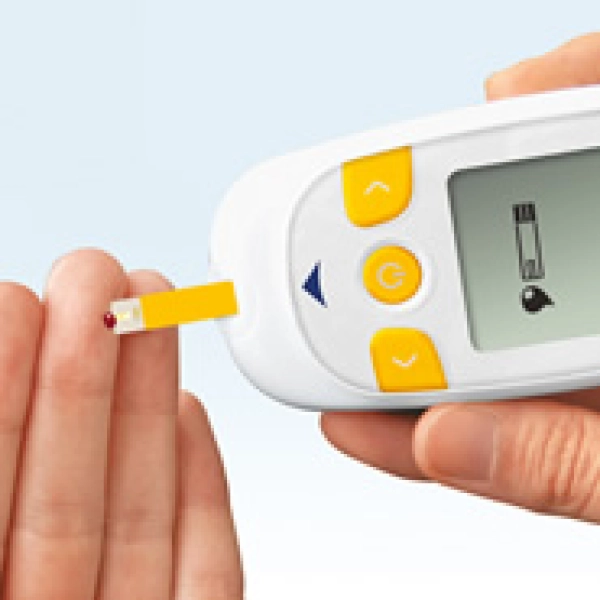

The triangle formed by diabetes, excess weight and high blood pressure clearly emerges if you look at the numbers. A person with a few extra pounds, for example, is about 30 times more likely to develop type 2 diabetes than a perfectly fit individual. To complete the picture, we must consider that 46% of obese people are also hypertensive. Nobody knows for sure which of the three factors is the determining one. Sometimes, diabetes, excess weight and high blood pressure are completely independent of each other; other times they associate asymmetrically - for example in certain populations of Native Americans, where obesity and diabetes are present but not high blood pressure. However, we must note that the entire triad is very frequent In the Western world.
Many studies attribute this vicious circle between diabetes, high blood pressure and excess weight to a phenomenon known as insulin resistance. Insulin is a hormone that facilitates the use of glucose by the brain and other parts of our body. Glucose is transported in the blood thanks to insulin, which stimulates a series of "sugar taxis" that carry the substance around the tissues in our body. The presence of a blockage or slowdown in this network of hormones and receptors is known as "insulin resistance". The condition may have a genetic origin or be caused, for example, by the nervous system's excessive activity - which is typical in high blood pressure cases.
A number of researches have concluded that insulin resistance may have an evolutionary origin, meaning it could be a direct consequence of natural selection. In the past, insulin resistance might have allowed humans to survive during times of famine thanks to a better metabolic efficiency. This is known as the "thrifty genotype" theory, which claims prehistoric people were able to survive on little food thanks to their insulin resistance. Today, in a society where food supplies are abundant, insulin resistance has lost its positive effect for the survival of our species. On the contrary, it has become one of the main causes for type 2 diabetes.





